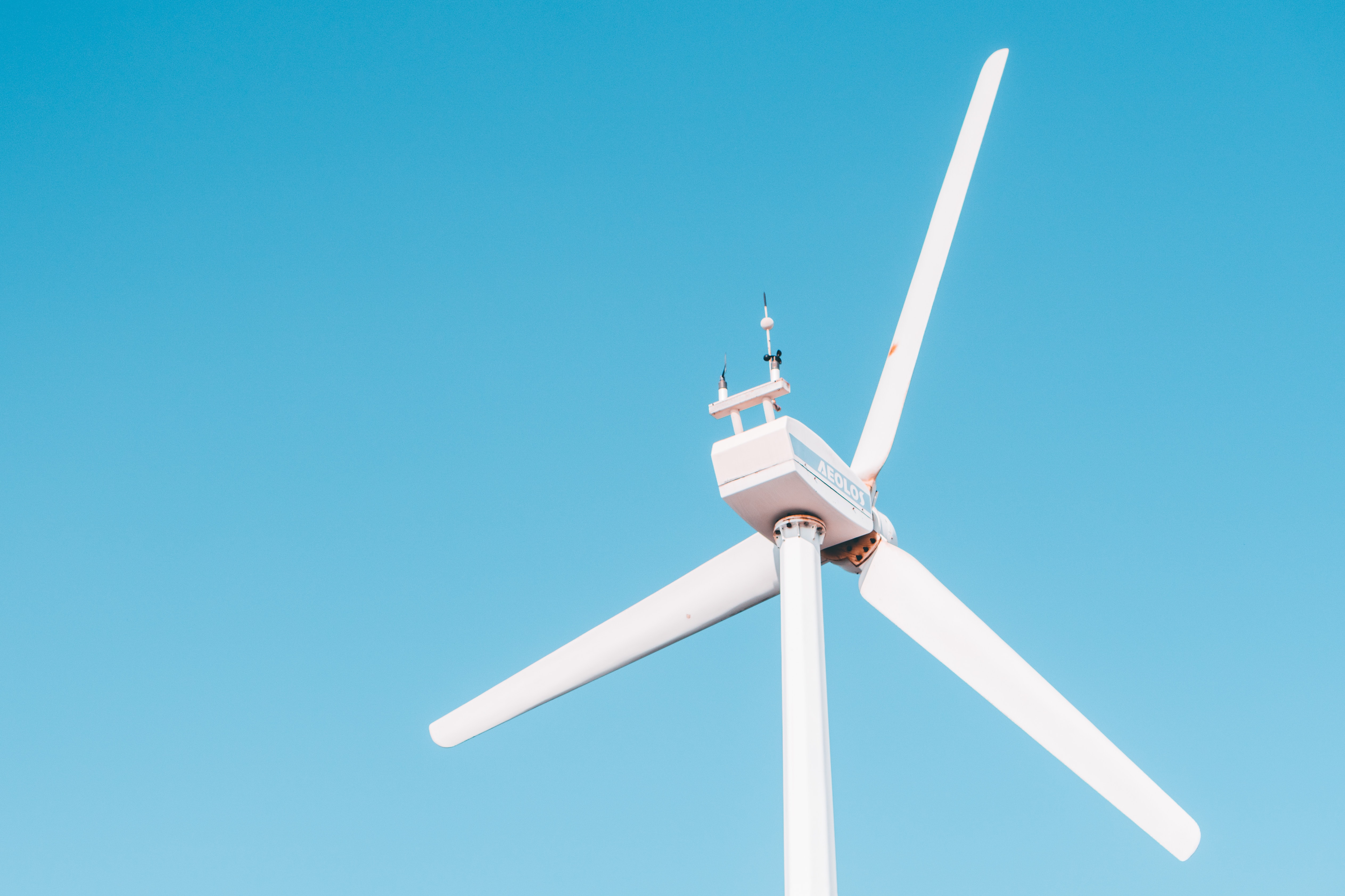Event
The Future of Malaysia’s Energy Mix
On 2nd October 2020, IDEAS webinar series continued with another one held entitled, “The Future of Malaysia’s Energy Mix”. Moderated by Tricia Yeoh, the Chief Executive Officer of IDEAS, the webinar intended to discuss energy policy, increasing share of sustainable energy in Malaysia’s energy mix, usage of coal and natural gas, international climate agreement and renewable energy.
The webinar started with a presentation by Dr. Renato Lima de Oliveira from Asia School of Business and Mathias Stroh Varming, CEO of Evenergy Network. Both of them were the co-author of IDEAS’ Policy Paper No.64 “The Future of Malaysia’s Energy Mix”. Dr. Renato firstly highlighted the challenge of energy policy making by the lawmakers, which is to expand energy supply at an affordable cost while reducing carbon emissions, and without political backlash. He then proceeded to give some facts on Malaysia’s energy sector; 1) Malaysia’s coal consumption increased more than 17-fold from 1998 to 2016, 2) coal supply is 46% of Malaysia’s total energy generation in 2016. According to him, Malaysia is one of the few countries that is both the exporter of gas and importer of coal. Mr. Varming pointed out that Malaysia is still far from reaching the pledge to achieve 45% intensity reduction target by the year 2030. The challenges in achieving energy transition, according to him, are variability, dispatchability and energy storage. On the impact of COVID-19 on greenhouse gas emissions, he mentioned that Malaysia will likely see a decrease in greenhouse gas emissions in the short term, followed by a reversion to the previous trajectory.
Datuk Fazlur Rahman Zainudin, Chief Strategy and Regulatory Officer of Tenaga Nasional Berhad (TNB) made three important points for Malaysia’s energy sector. Those are more renewable energy, more investment into smart grids to support renewable energy and gas still has a role in our energy landscape. According to him, Malaysia has a different starting point compared to other countries. Going forward, the choices for Malaysia are affordable decarbonisation, managing energy efficiency and electrification of mobility. Datuk Fazlur Rahman also mentioned that energy cost of solar photovoltaics are already competitive compared to gas, averaging at 20 cents/kwh. In 5 years time, TNB believed there is a further opportunity to reduce the cost even more. He is also quite optimistic on the cost reduction of storage technology to be competitive to gas by the end of the decade.
Dr. Sanjayan Velautham, CEO of Sustainable Energy Development Authority (SEDA) said that Malaysia has emphasized on the use of renewable, sustainable energy since the 5th Fuel Policy in 2001. He mentioned that Malaysia has vast potential to tap into as there are 4.2 million rooftops in the country, plus connecting small-sized industrial and commercial players onto solar programmes would give us the needed boost to the transition. Ir. Dr. Sanjayan also highlighted that it would be a challenge to ensure the grids are maintained in stable condition. Besides, he stated 3 things that are important in Malaysia’s energy transition, which are the policy and framework to ensure we are in the right direction, the technology and the financing.
Watch the discussion below:
The article first published at IDEAS website (www.ideas.org.my)
